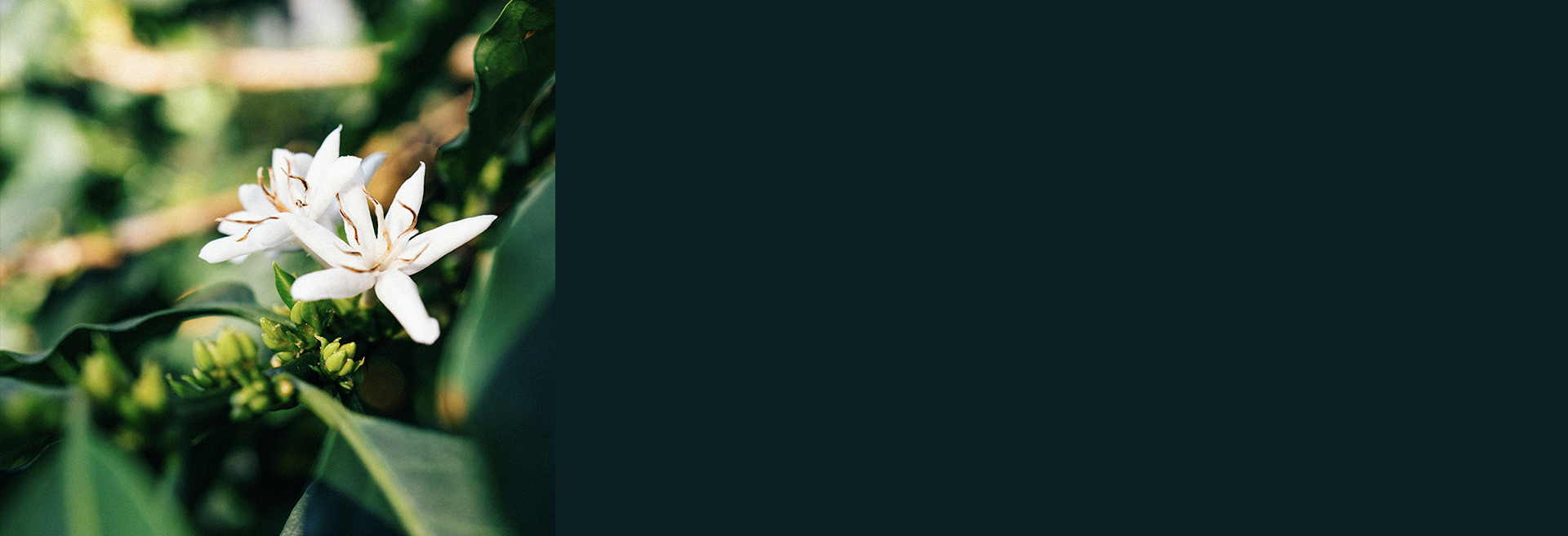Kenya
Gatugi, AA selection
250g
QUALITY SCORE: 88.50
Cup Notes
Vanilla / Grapefruit / Honey / Blackberry
Suggested for espresso and filter
when we roast
We freshly roast to order all coffees on Monday, Wednesday and Friday (excluding national holidays), and ship the same day! Cut-off time is 11:59pm (UTC+1) of the day before the roast day. *We only ship whole beans*
Details
- Quality Score
- 88.50
- Series
- Specialty
- Producer
- Several small farmers
- Country
- Kenya
- Terroir
- Nyeri
- Altitude
- 1650 - 1790 masl
- Process
- Kenya Washed - Raised Beds
- Arabica cultivar
- SL28, SL34, Batian
- Picked in
- October 2021
- Arrived in
- May 2022
- Shipped in
- Jute + GrainPro
- Roast profile by
- Rubens Gardelli
- Roasted on
- Customised solid-drum roaster
THE STORY BEHIND
Gatugi is a coffee lot produced by Othaya Farmer's Cooperative Society (FCS) that includes a huge amount of wet mills, 18 in all, dating back to the late 1950s. Gatugi Factory sits at just under 1900 meters above sea level, right along the Ichamama River, which is fed from the Karima forest above. "Factories" are essentially small washing stations aligned with a particular "society" in Kenya, what we would call a "cooperative".
Producers here generally cultivate 250 or so coffee trees on half acre plots. These small parcels help to ensure careful cherry classification, perhaps the most critical variable for ensuring cup quality.
This is the AA top selection lot, which just means it's the largest bean separation from a particular coffee process batch.
THE VARIETY
SL28
SL28 was bred by Scott Laboratories in 1931 from Tanganyika D.R. It has become very popular throughout Kenya and is recognised as a variety of exceptional cup quality. It has wide leaves with coppery tips, and the beans are wide. At the same time, the productivity of SL28 is comparatively low. Though there is no sufficient proof, some sources claim that Scott Labs crossed mutations of French Mission, Mocha and Yemen Typica to produce SL 28. Whatever the exact genetic composition, their original goal almost certainly was to create a plant with high quality, reasonable productivity and great drought resistance.
SL34
SL 34 is a mutation of French Mission, originating from the plantation of Loresho in Kabete. SL34 has wide leaves with bronzy tips. It is widely grown throughout Kenya. SL34 is valued for its high productivity in different climate conditions and great height ranges. It is also claimed to be able to withstand drought and strong rainfall.
BATIAN
Batian is a tall variety that combines high yields, tolerance to coffee leaf rust, resistance to coffee berry disease, and good cup quality.
THE FERMENTATION PROCESS
Kenyan coffees are most often processed using a method called ‘double fermentation’, which is a variation of the washed processing method.
Almost all producers across Kenya only use this method, considered the best practice by many.
In the double fermentation processing method, farmers depulp the cherries immediately after harvest and place the mucilage-coated seeds in fermentation tanks, keeping the contact with water at the minimum, for 12 to 24 hours depending on the rate of fermentation.
The fermentation helps break down the mucilage, making it easier to remove, but also helps develop the mucilage’s latent fruit properties, imparting some of those properties into the coffee seed.
At this first stage, the fermentation is allowed to continue until most of the mucilage gets separated from the seed. The coffee is then flushed from the tanks into water channels, where the agitation helps to rinse and remove the loose mucilage, stopping the fermentation process. Seeds that are low density ‘floaters’ are also scooped off at this stage of the process, - this is one of many steps ensuring the consistently high quality of Kenyan coffee.
After the coffee has been cleaned, step one is repeated, and the coffee is left soaking in a secondary fermentation tank for other 12 to 24 hours. The fermentation gets restarted, but this time less sugar and fruit material is available. When this second stage is over, the coffee is once again run through water channels where any final residual mucilage is removed.
The coffee is then separated in lots, and the various lots are moved into their own water tanks where the coffees are soaked for additional 24 hours. Since the mucilage has been completely removed, and the coffee is soaking in significantly more water, it’s assumed that enzymatic activity in the coffee increases in this soaking tank, resulting in a strengthening of the amino acids and proteins present in the coffees.
The soaked seeds are then taken out and placed on raised drying beds for 3-5 weeks, spread to a depth of a couple of inches. The idea is to initially dry the coffee rapidly to drop the moisture content and reduce the risk of rotting. After this initial fast drying period, the coffee is heaped into 6 inch deep mounds and moves into a longer, slower stretch of drying to encourage long term quality of green beans. Once the optimum moisture content has been reached, the parchment is rested for around one month and then hulled, graded by bean size and further handpicked, before being bagged in GrainPro for export.




